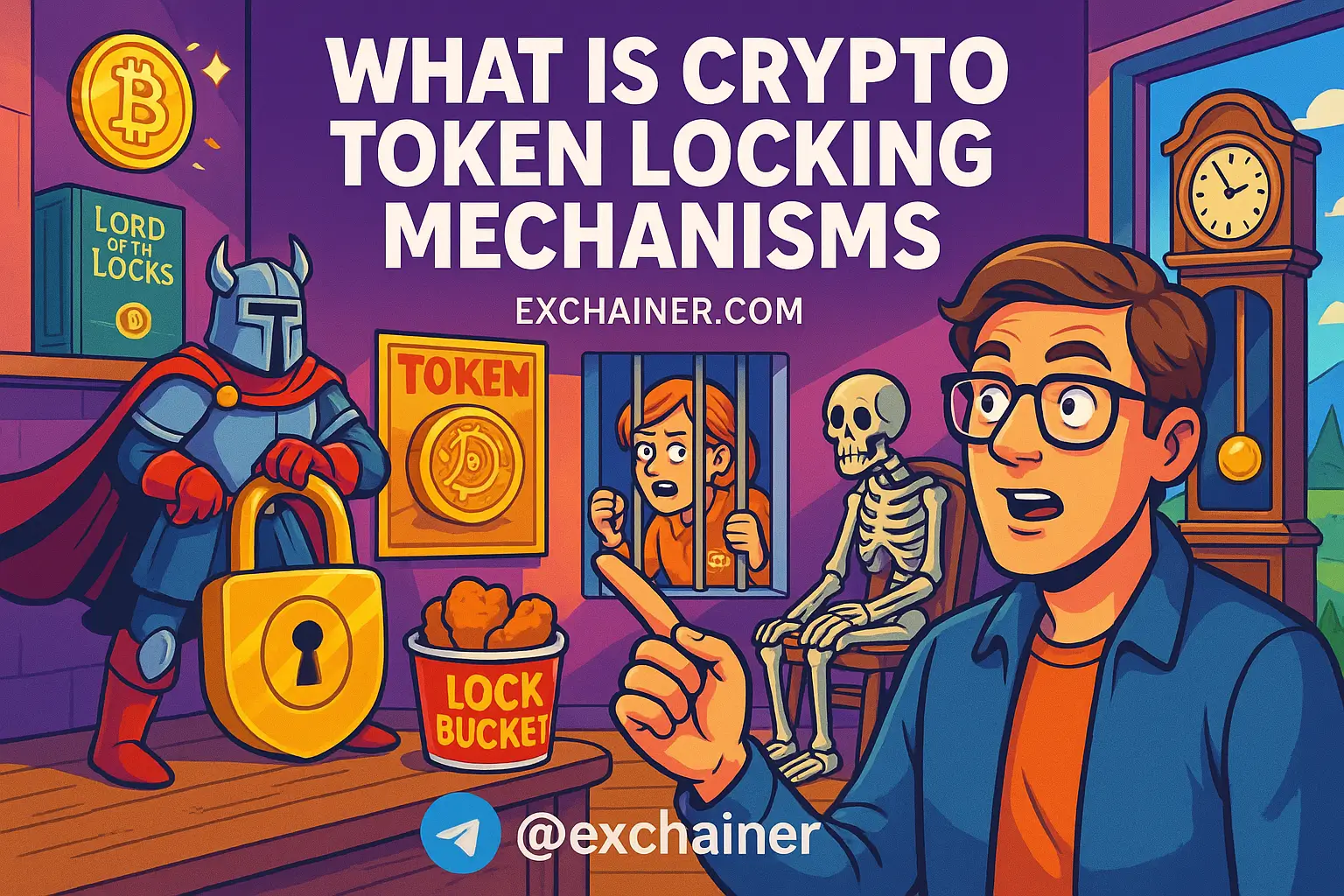Bitcoin halving is one of those terms that you might hear thrown around in discussions about cryptocurrency, but what does it actually mean? Friends, if you’re trying to get a grip on cryptocurrency basics, understanding Bitcoin halving is crucial. This event is embedded in the Bitcoin protocol and plays a vital role in how this digital currency operates, affecting everything from mining rewards to price dynamics in the marketplace. The next halving event is anticipated to spark discussions similar to past occurrences, often leading to substantial market shifts. So, why is Bitcoin halving so important, and what should you know about its implications?
First off, let's get into what Bitcoin halving is. Essentially, this event occurs approximately every four years or every 210,000 blocks mined. At each halving, the reward that Bitcoin miners receive for validating transactions and adding new blocks to the blockchain is cut in half. Initially, when Bitcoin launched in 2009, miners were rewarded with 50 bitcoins for each mined block. Over time, this reward has decreased; the first halving in 2012 brought it down to 25 bitcoins, the second halving in 2016 further reduced it to 12.5 bitcoins, and most recently, the halving in May 2020 cut the reward to 6.25 bitcoins. The most recent event in April 2024 has lowered it to 3.125 bitcoins.
Understanding the mechanics of halving provides a window into the larger economic framework operating behind Bitcoin. As we dive deeper, we’ll explore why this event is significant, how it functions within the Bitcoin ecosystem, and what it means for both miners and investors.
The Basics of Bitcoin Halving
Before we unpack the implications of halving, let’s revisit some cryptocurrency basics that relate directly to the concept. Bitcoin functions as a decentralized digital currency, and one of its core features is a capped supply limit of 21 million coins. Unlike traditional currencies, which can be produced ad infinitum by central banks, Bitcoin enforces scarcity through its algorithmic design.
Whenever a block is mined, miners are rewarded with newly minted bitcoins, and each halving event reduces the supply. For example, when Bitcoin started, producing new coins was relatively easy and abundant, but due to halving, that process becomes more arduous over time. This not only creates a scarcity effect similar to what you see with precious metals, like gold, but also builds a narrative around Bitcoin that can enhance its perceived value.
In practical terms, this is significant for both buyers and sellers within the cryptocurrency market. If people think that Bitcoin will become more scarce over time, this could drive demand. In fact, experts have drawn parallels between Bitcoin and gold, stating that both assets serve as a hedge against inflation due to their limited supply.
The Purpose and Importance of Halving
Now that you have a better understanding of what Bitcoin halving is, let’s explore its broader implications.
Supply Control & Inflation Management: Halving serves as a crucial mechanism for controlling Bitcoin's supply, effectively mimicking the characteristics of scarce commodities. By systematically decreasing the rate at which new bitcoins enter circulation, halving helps maintain the purchasing power of existing bitcoins over time. This is particularly essential as inflation concerns loom large in traditional economic systems.
The Impact on Bitcoin Miners: While it’s true that halving reduces the number of bitcoins miners receive, it’s designed to promote a healthy economic ecosystem. The expected price rises can offset reduced block rewards, however, this isn’t guaranteed. Miners are incentivized to maintain their operations not just based on potential earnings from block rewards but also through transaction fees. As more users turn to use Bitcoin, transaction volume increases, which can, in turn, boost miners' overall revenue.
What Happens Post-Halving?
When Bitcoin's block reward reduces, the immediate impact might be that some less efficient miners find it harder to break even. However, in a thriving market where Bitcoin's price appreciates due to its scarcity, those who are still operational can find themselves with increased profitability. It's a balancing act, and market dynamics play a significant role.
Impacts on the Market and Network
Let’s break down how Bitcoin halving influences both the network itself and market activities.
Market Dynamics and Speculation: Historically, Bitcoin has shown us that halving events lead to significant price speculations and volatility. Many traders and investors watch these cycles closely, as the past halving periods correlate with substantial price increases. For instance, in the aftermath of each prior halving—be it in 2012, 2016, or 2020—Bitcoin's price surged, even though various external factors were at play.
Network Safety & Security: Miner operations are crucial for the Bitcoin network's functionality. Since miners validate transactions, any reduction in incentives could impact network security. However, the Bitcoin network has proven resilient through multiple halving events. This consistency has bolstered confidence in Bitcoin's long-term viability.
A Historical Perspective on Bitcoin Halving Events
Understanding Bitcoin halving isn’t complete without looking back at previous events. Here's a quick recap:
-
First Halving – November 28, 2012: Reward dropped from 50 to 25 BTC. This initial set the stage for Bitcoin's scarcity narrative and helped legitimize its utility.
-
Second Halving – July 9, 2016: The reward was again halved to 12.5 BTC. This halving gave rise to the next wave of interest in Bitcoin, leading to a notable price rally.
-
Third Halving – May 11, 2020: The reward decreased to 6.25 BTC. Occurring during a time of increased institutional interest, this halving led to further market enthusiasm, propelling Bitcoin to new heights.
-
Fourth Halving – April 2024: The block reward has now been reduced to approximately 3.125 BTC per block. As the market continues to digest this change, speculation about future price impacts is rampant.
Looking at the impact of these past halvings offers invaluable insight into the dynamics of scarcity and its connection to price movements.
Looking to the Future: Implications of Future Halvings
Future Bitcoin halving events will continue into the foreseeable future, with the final block reward expected to keep reducing until all 21 million bitcoins are mined by around the year 2140. This design imprints deflationary characteristics deeply into Bitcoin's framework, contrasting sharply with the inflationary tendencies of traditional fiat currencies.
Bitcoin's model ensures that as it becomes increasingly scarce, demand may increase, thereby creating a narrative of value that is attractive to both new and seasoned investors alike. This is vital in a world where inflation makes headlines and where people look for alternatives to preserve their wealth.
As Bitcoin’s adoption grows, so does the significance of halving events among miners, traders, and analysts alike. The cyclical nature of these events not only affects market behaviors but also influences mainstream media coverage, elevating public awareness of Bitcoin’s potential as a valuable asset.
Conclusion
In summary, Bitcoin halving is a fundamental and pre-programmed event that dramatically impacts the cryptocurrency's economic structure. By reducing the miner's block reward approximately every four years, halving solidifies Bitcoin’s scarcity and is intrinsically tied to its long-term value proposition. As we’ve seen through a historical lens, each halving brings with it a chance for market realignment, speculation, and awareness.
So if you’re excited to learn more about Bitcoin and cryptocurrencies, consider exploring more guides on Exchainer.com. Start your crypto journey today, gain deeper insights into trading dynamics, and navigate the exciting world of digital currency with confidence! Explore our other categories on Exchange Reviews, News, and Tools and Wallets as well. Happy trading!












